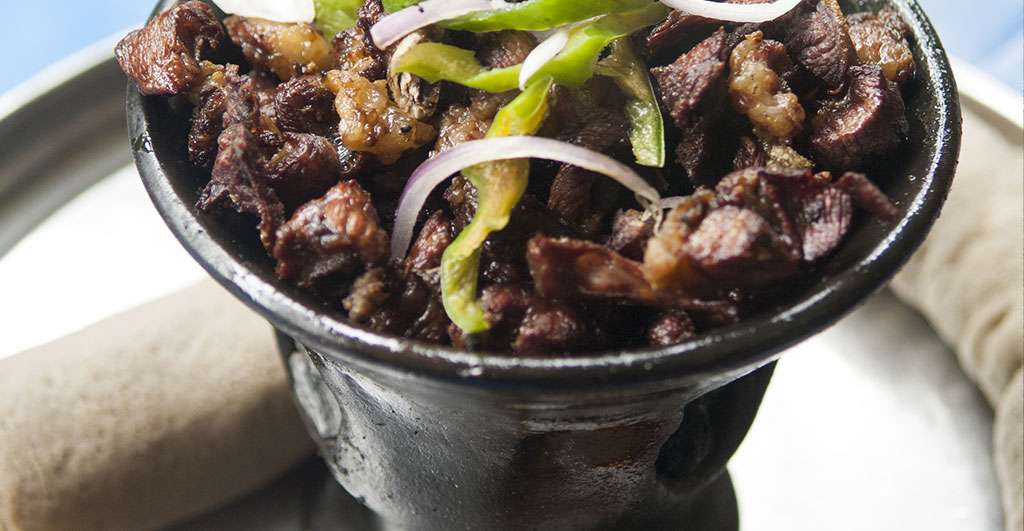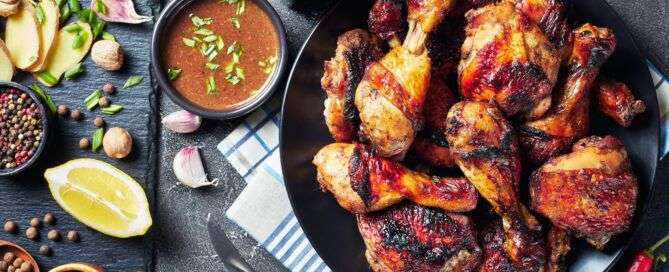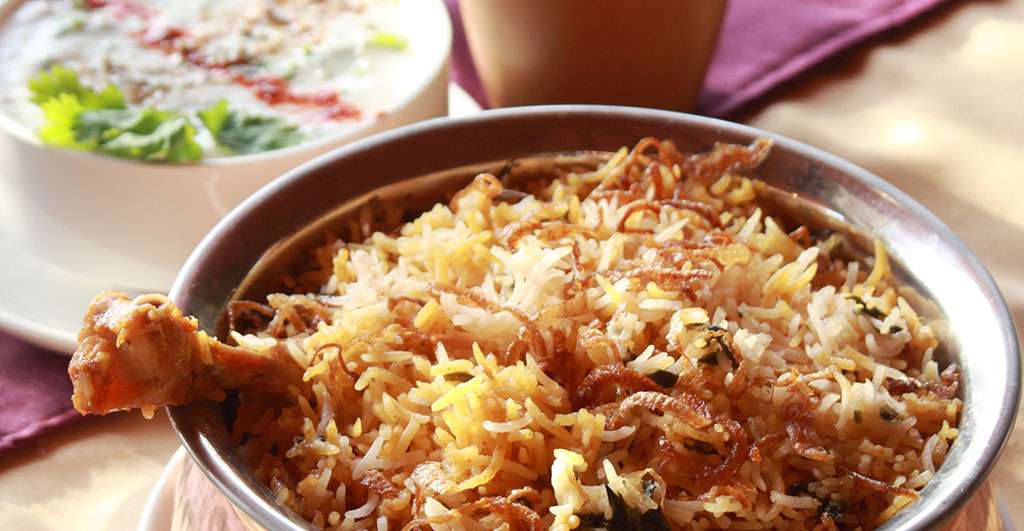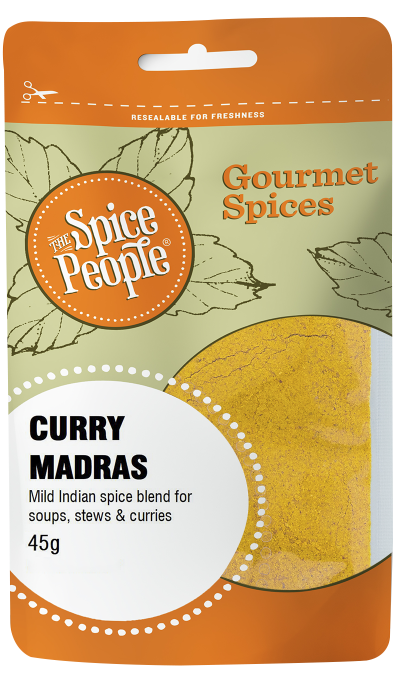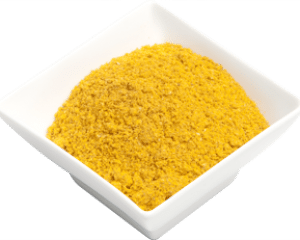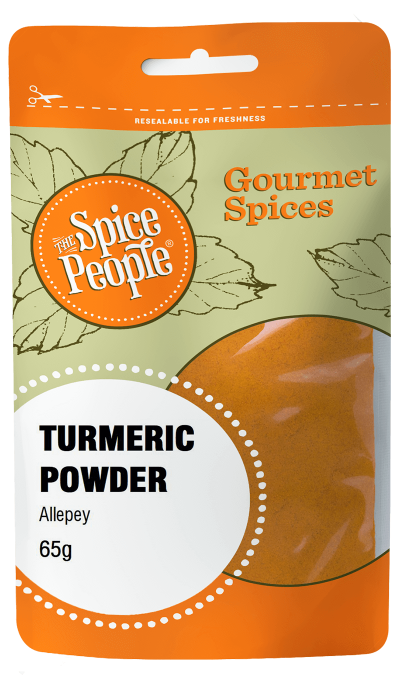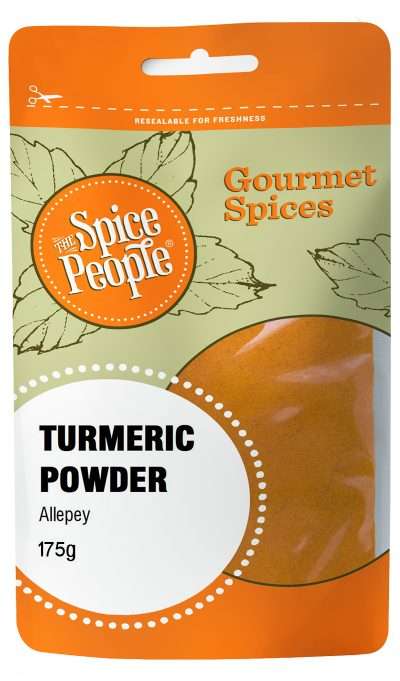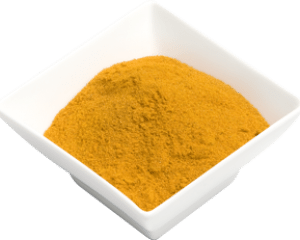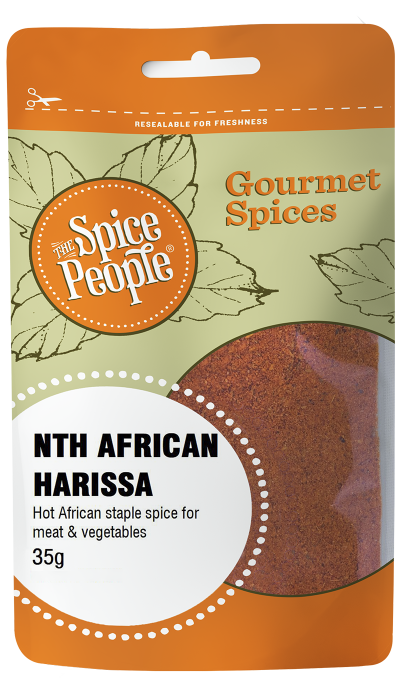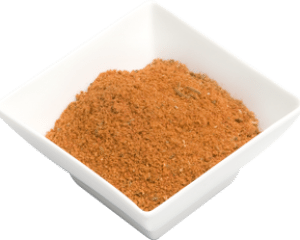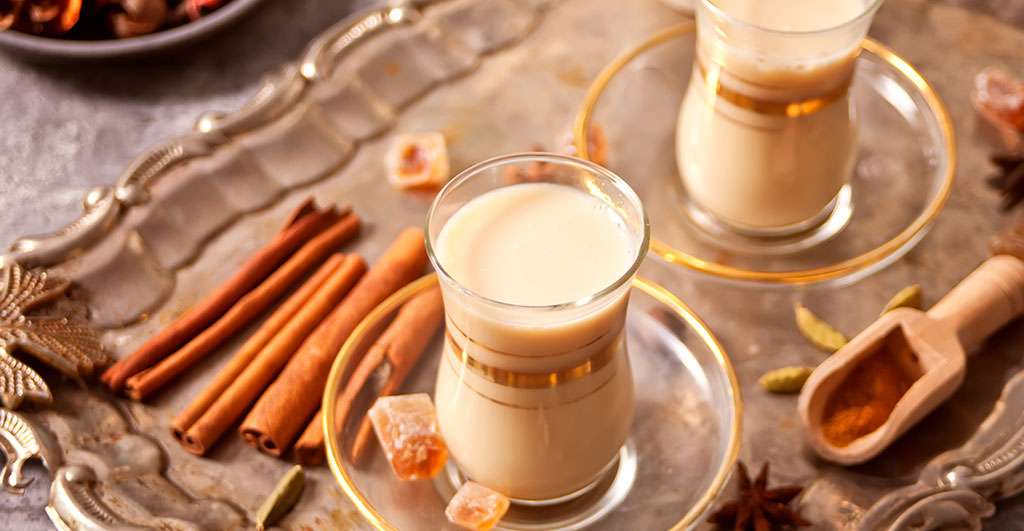Cinnamon Health Benefits
In this article All about cinnamon Different kinds of cinnamon Benefits of cinnamon What is the best cinnamon to…
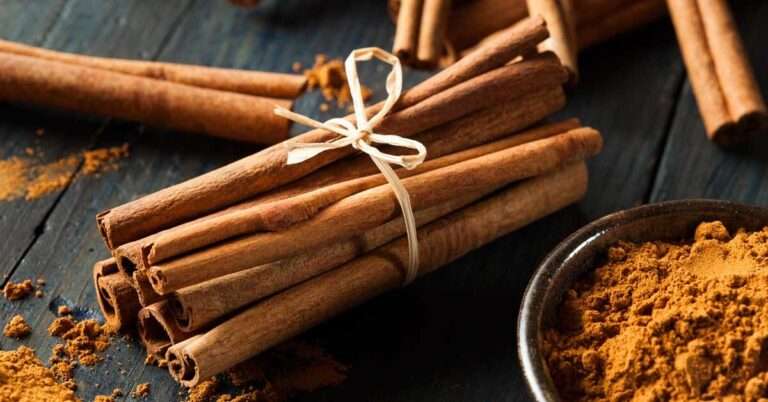
In this article
- All about cinnamon
- Different kinds of cinnamon
- Benefits of cinnamon
- What is the best cinnamon to buy?
Whether it’s a pumpkin-spiced latte, apple pie or rich curry, a dash of cinnamon does wonders for both sweet and savoury dishes. The ultra-versatile spice has a pungent bitter yet sweet flavour and an intoxicating aroma that sends the most tantalizing scents through the whole house when cooking. This wonder spice has long been used for its medicinal benefits as well as its amazing taste in a range of regional cuisines. What many don’t know is there are many different varieties of Cinnamon, each with a unique flavour, aroma and benefits. The more widely available cinnamon that you can find at your local grocery store is called Cassia. Keep scrolling to learn more about the different types of cinnamon and how you can use them.
What is cinnamon
Cinnamon is now the second most popular spice after black pepper. It comes from the Caribbean, South America and Southeast Asia. Cinnamon sold as ground cinnamon and cinnamon sticks is the bark of a tree in the Cinnamomum family. The cinnamon stick is very hard and dry and is used to infuse liquids and dishes before being removes rather than consuming it straight up.
Cinnamon sticks are slightly spicier than their ground counterpart with a woody, earthy taste. Ground cinnamon is fine, dry and soft, and very similar in texture to flour. Added to a drink or recipe when cooking, it dissolves in seamlessly emitting its wonderful flavour and aroma without any grainy texture.
Types of cinnamon
So, how many types of cinnamon are there? There are three common types of cinnamon you will come across including: Korintje Cinnamon Cassia, Sri Lanka Ceylon Cinnamon, and Vietnamese Cinnamon. The taste and colour varies between each so its important to know which cinnamon is right for you and your cooking.
Korintje Cassia Cinnamon
Cassia cinnamon is the most popular type. Cassia has a hard consistency and is more difficult to process into a powder form at home. Cassia is a thick, bumpy crust that forms only a few layers when rolled. Cassia has a pungent flavour and is best suited for Chinese recipes often using rich meats. Ceylon cinnamon has a broad range of health benefits compared to Cassia. Cassia cinnamon has been shown to contain a measurable amount of a natural compound called coumarin, which acts as an anticoagulant and prevents blood clotting, but at sufficiently high doses, coumarin has been linked to liver toxicity.
Sri Lanka Ceylon Cinnamon
Cinnamon is grown in significant quantities in just ten countries, with Sri Lanka being the fourth-largest producer. Ceylon has a light brown to brown appearance and dark red-brown cassia. Ceylon is thin, and its structure is similar to paper. Ceylon sticks can be easily broken and added into dishes without barky shards getting in the way. Ceylon cinnamon has only traces of coumarin. Ceylon is soft, slightly sweet and creates an amazing sweet flavour and aroma in desserts.
Vietnamese Cinnamon
Vietnamese cinnamon has the same parent tree that is the cassia tree, but has a very different taste. It is the same as cassia Korjinte cinnamon but is harvested and processed differently, leading to a different taste.
Vietnamese cinnamon has a strong and spicy taste with more volatile oil flavours than cassia cinnamon and is warm, fragrant and woody. Vietnamese cinnamon is the only type of cinnamon I use for apple pies because the strong aroma and taste go well with cooked apples. It is also excellent in pumpkin pies and other fruit desserts.
Benefits of cinnamon
Cinnamon nutrition facts
Its nutritional benefits make it even sweeter.
Energy: 6.42 calories
Carbohydrates: 2.1 g
Calcium: 26.1 milligrams (mg)
Iron: 0.21 mg
Magnesium: 1.56 mg
Phosphorus: 1.66 mg
Potassium: 11.2 mg
Vitamin A: 0.39 micrograms
Vitamin B: traces
Vitamin K: traces
Antioxidants: choline, beta-carotene, alpha-carotene, beta-cryptoxanthin, lycopene, lutein, and zeaxanthin.
Cinnamon to treat diabetes
Cinnamon is widely used as a spice and also acts as a cinnamon supplement, which helps in the treatment of several conditions. It can be processed into various forms, such as powder and oil, for easy use. One of the main health uses for cinnamon is in the treatment of diabetes as it helps the body to regulate insulin and glucose levels. Antioxidants found in cinnamon can also reduce oxidative stress and can help prevent cancer, type 2 diabetes, and many other conditions.
Cinnamon for cardiovascular health
Cinnamon is also good for blood pressure. The various compounds in cinnamon can benefit the cardiovascular system. For example, cinnamaldehyde lowers blood pressure. Its anti-inflammatory properties reduce any kind of pressure on the veins and cardiovascular system and ensure regular blood flow. This spice also has antimicrobial properties, making it the best for treating bacterial infections. It also acts as a digestive aid, pain reliever, or cold remedy.
Cinnamon for HIV Treatment
In a 2016 laboratory study, researchers found that cinnamon extract was active against HIV. Researchers tested 69 extracts and found ninnamomum cassia or cinnamon bark and Cardiospermum helicacabum, a cinnamon sprout and fruit, were the most effective in reducing HIV activity.
This doesn’t mean that cinnamon-containing foods can cure or prevent HIV, but cinnamon extracts may one day become part of HIV treatment.
What is the best cinnamon to buy?
We love adding cinnamon to our meals because it binds flavours together like no other and adds that spicy, earthy, nostalgic taste to the cinnamon pastries and oatmeal we’ve all grown up with. However, as with everything you put into your body, it’s important to shop smart. Cinnamon is used to make a wide variety of useful supplements such as ground cinnamon, cinnamon toothpicks, cinnamon bark oil, cinnamon leaf oil, cinnamon hand soap, and cinnamon tea bags.
Cinnamon has two main varieties sold in the market: Ceylon (real cinnamon) and Cassia (the Chinese variety). Not all cinnamon types are equal in quality, so be careful what you buy. When you look at the supermarket shelves, you will likely see Cinnamomum cassia sold as Chinese cinnamon or Cassia, while Cinnamomum verum will be sold as Ceylon cinnamon. Of these two, Ceylon cinnamon is the true cinnamon. Unfortunately, it is Cassia or Chinese cinnamon which is sold on the market under the name of Ceylon. Ceylon is sold at a higher price point than cassia and contains only a small amount of coumarin. Lower-grade, class B and C cinnamon commonly sold in stores are often bitter and harsh in flavour. To tell the difference, simply dip your finger a small amount to taste, the Korintje premium cassia cinnamon will be smooth with an almost citrusy tone.
Korintje cassia is the top cinnamon variety due to its 2-3% oil content. It pungent flavour and versatility in both sweet and savoury cooking makes it a favourite amoung top worldwide chefs. Thanks to spice producers and importers around the world though, we can all indulge in a taste of cinnamon luxury everyday.
Discover more Spices
Similar Blog Posts
Join the Spice People to Get Started on Your Culinary Spice Journey!
Be the first to hear about our exclusive promotions, new product releases, recipes and more.









